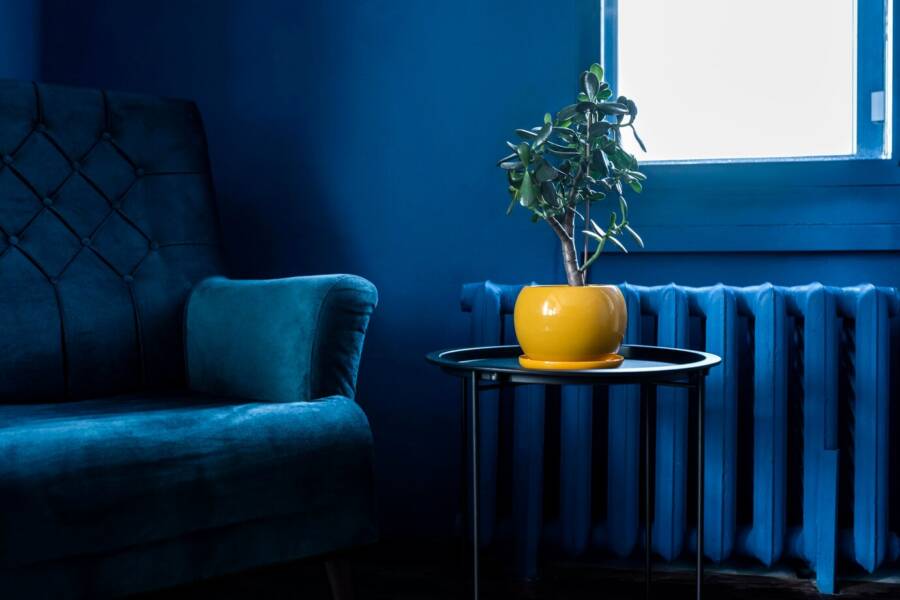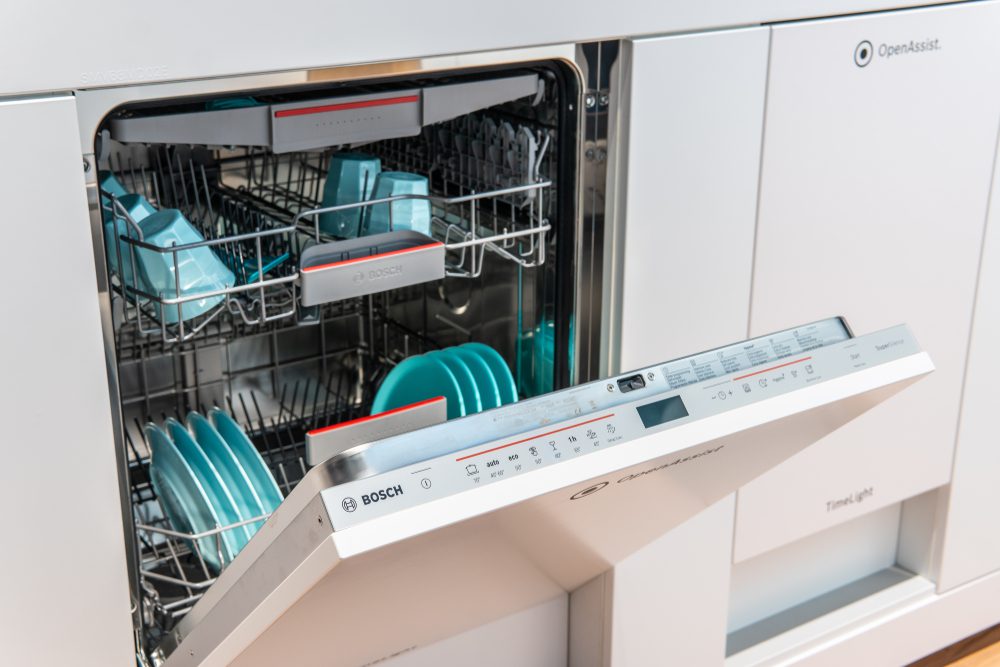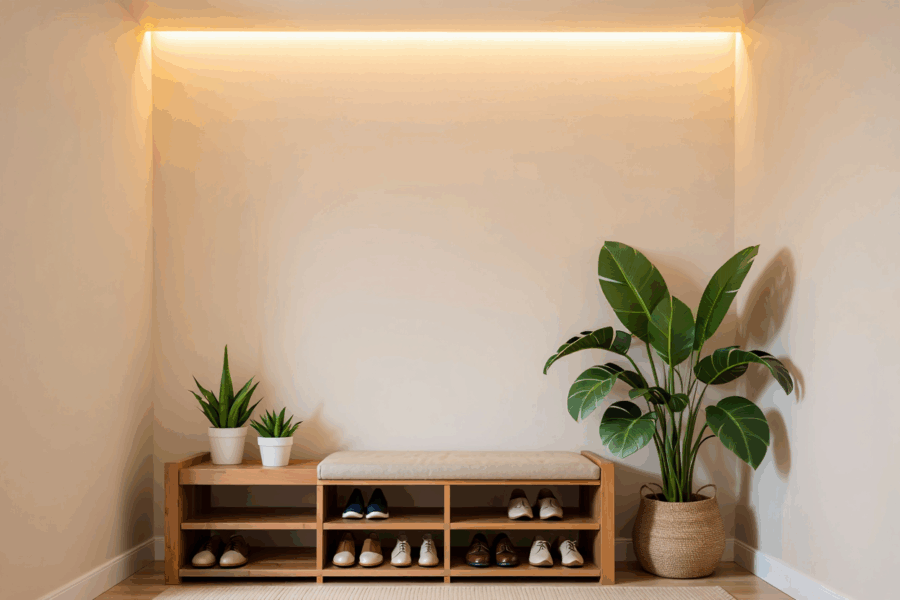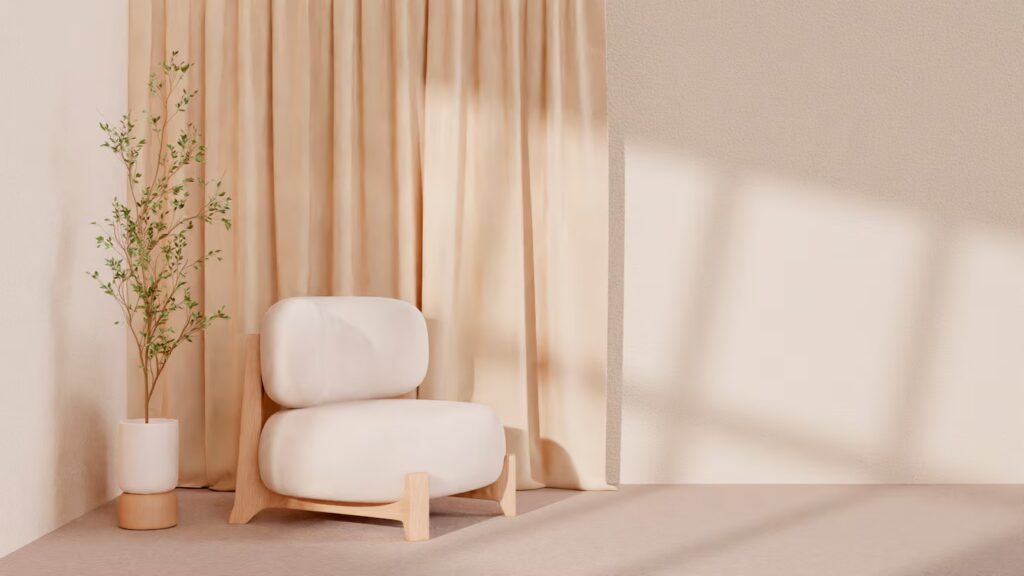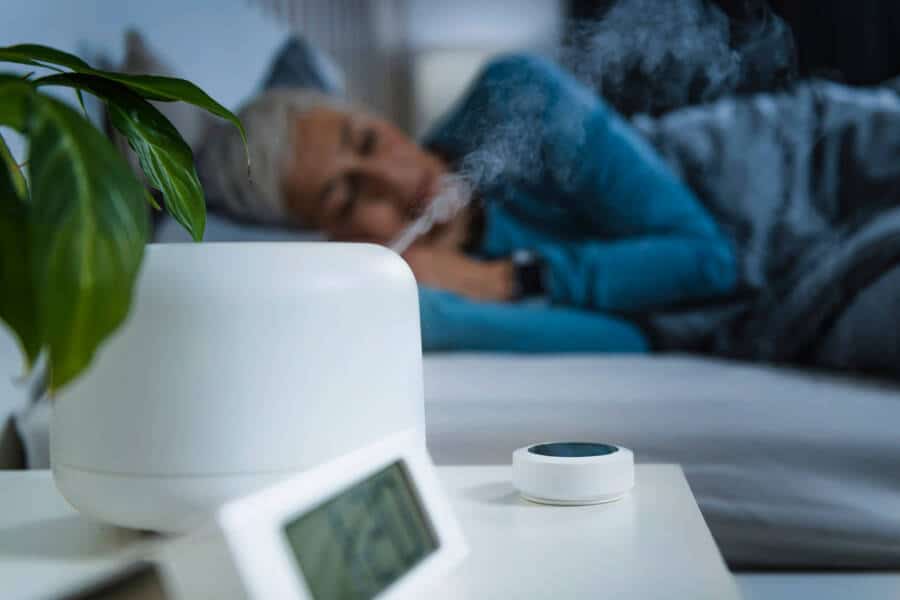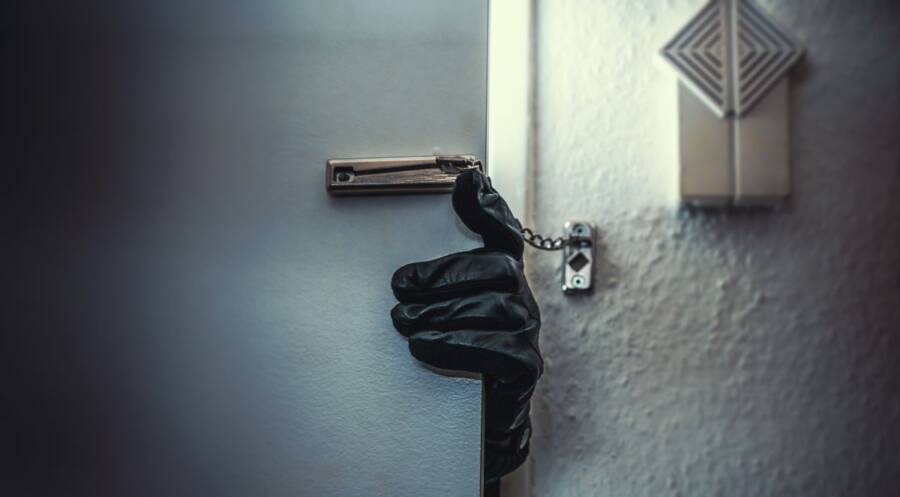Alocasia (Elephant Ear) is a beautiful plant that is native to tropical regions. It has large, glossy leaves that are often variegated or patterned.
But do Alocasia plants die back in winter? This is a question that people who want to plant this plant are very interested in, as are even those who are growing it.
In this article, we will focus on answering exactly this problem and showing how to care for Alocasia plants in the winter.
Here’s Does Alocasia Die Back in Winter:
If you leave Alocasia plants outside in cold or frosty weather, they will die. During the winter, bring Alocasias indoors and keep the temperature above 60 degrees F. During this season, Alocasias will not grow, so it is important to water the plant less.
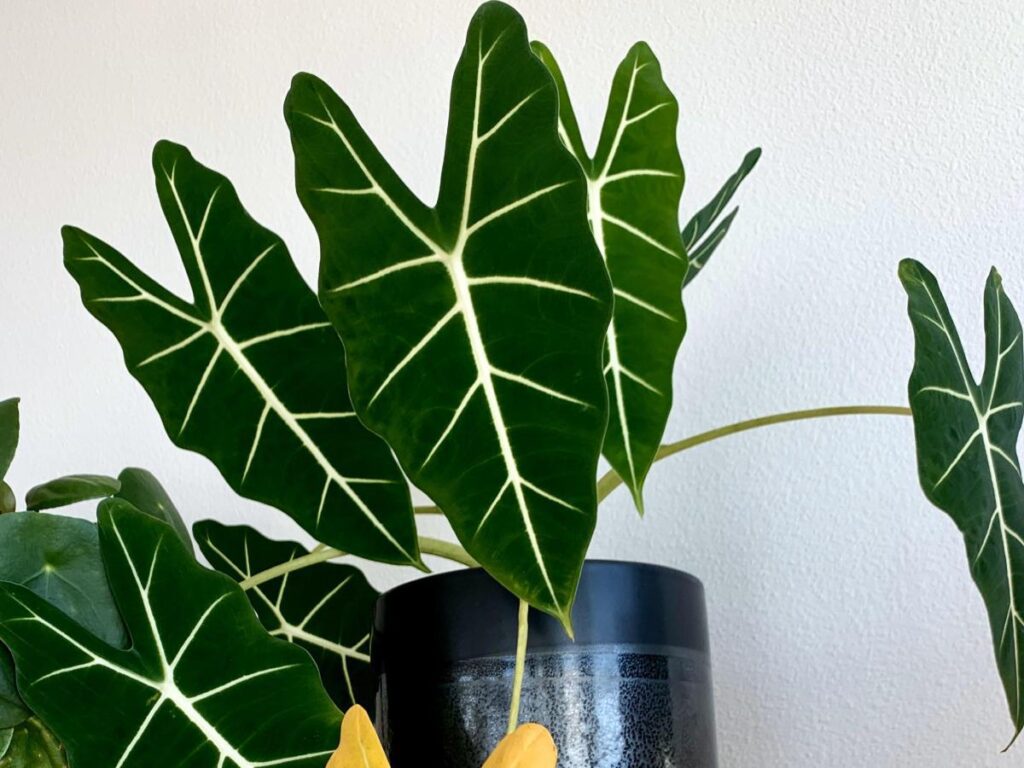
How Do You Keep Alocasia Alive in the Winter?
With a little effort, they can survive during the winter. Maintaining consistent growing conditions is key to keeping your Alocasia alive during the winter. Keeping your house temperature above 60 degrees Fahrenheit (21 degrees Celsius) will keep your Alocasia from dying in the winter.
Can Alocasia Plants Withstand Frost?
According to the reference, Alocasia plants will not survive frost. They should spend the winter in a warm room to keep them safe from sudden changes in temperature. If there is a risk of frost, the tuberous roots should be removed to allow the plant to survive.
For some types of Alocasia, you can dig up their bulbs before frost arrives and store them in a cool, dry place. Wait until spring comes back, take them out, and replant.
Does Alocasia Dormancy?
Alocasia plants go into dormancy during the winter due to unfavorable conditions. This process means that the plant will not produce any flowers, and the leaves may droop. It is important to change your care routine during this time in order to avoid causing damage to the plant.
If you see any of the following signs, your Alocasia may be about to go dormant: shorter days, temperatures dropping below 15°C for a week or more, less humid air, a drop in soil moisture, and your plant needing periods of dormancy.
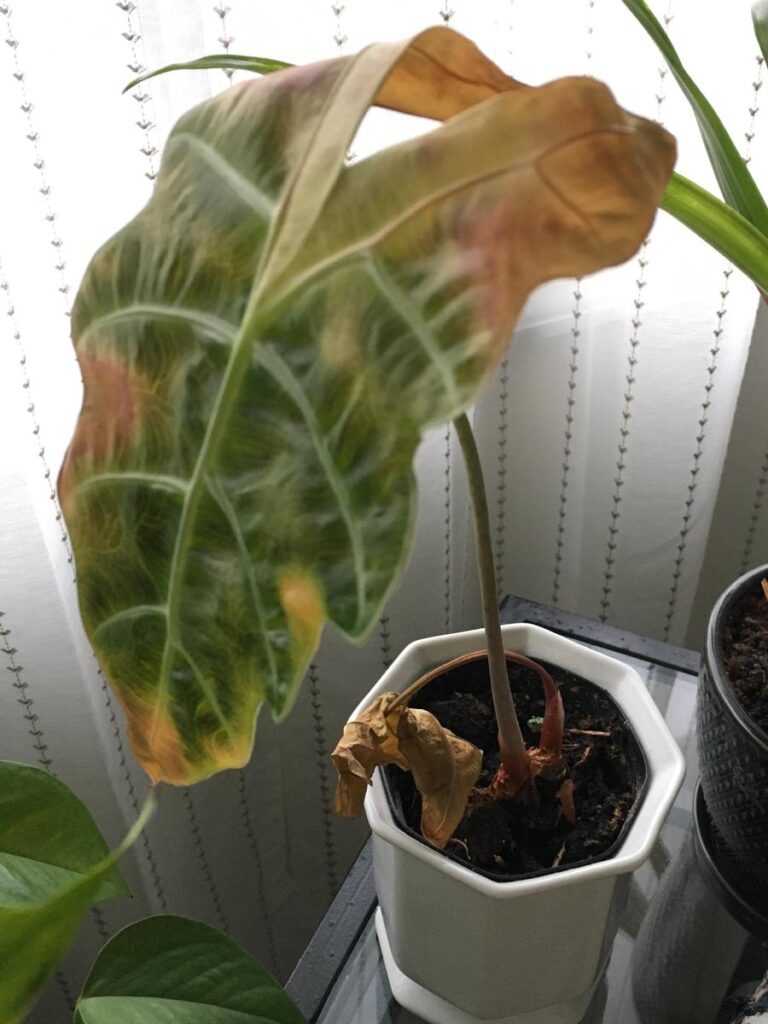
Why Do Alocasia Go Dormant?
When the temperature drops and winter sets in, Alocasia plants go into a state of dormancy in order to conserve energy. It’s a way to survive the winter. This means that fertilizing and watering your plant during this time can actually do more harm than good.
So you should stop fertilizing and watering and maintain the high humidity. It’s important to maintain a humidity level of 40–50% to keep your Alocasia plant healthy during its dormant period.
What Happens When Alocasias Go Dormant?
It is a common misconception that Alocasia plants die back in winter. In fact, Alocasia plants go through a dormant period in warm climates or indoors, during which watering is reduced. Alocasia plants will not survive outdoors in the winter, but some can be stored and replanted in the spring. Many plants die back in the winter and will reappear in the spring.
The winter is not a good time for Alocasia plants to grow, so they stop growing and go dormant. During the winter, temperature, light, and humidity conditions are all unfavorable for Alocasia plants. Spring and summer are when Alocasia plants are in their most active growth phase.
Alocasia is susceptible to dormancy and needs to be watered differently during the winter. Fertilizing and repotting the plant will change depending on the phase of dormancy.
What Does Alocasia Dormancy Look Like?
Dormancy is a period of reduced activity and growth, and during this time, the leaves of Alocasia plants can become dull. Many things, like changes in light and temperature, dry air, and seasonal changes, can cause a plant to go into dormancy.
How to Identify a Dormant Alocasia
The roots can be inspected to determine if the plant is dormant. A dormant plant leaves behind a sweet-smelling tuber.
How to Care For a Dormant Alocasia
To care for a dormant Alocasia, reduce watering, reduce light, and maintain cool conditions. Don’t overwater or overheat the plant. Reduce the amount of light the Alocasia is exposed to. Keep the Alocasia away from hot appliances and drafts.
Inspect the plant regularly for pests and treat them immediately. Use less toxic treatments like alcohol spray, horticultural oils, or insecticidal soap.
Bringing Your Alocasia out of Dormancy
To bring an Alocasia plant out of dormancy, the plant will need light, warmth, humidity, and moisture. If these conditions are not met, the Alocasia plant can go dormant.
To increase the chances of the plant coming out of dormancy, use a humidifier and place the pot in a brighter location.
You can also cover the pot with a plastic bag to further increase humidity levels.
Keep the soil temperature around 70ºF by using a heat mat if necessary.
Once new growth appears, you can start watering and fertilizing the plant again.
How to Stop an Alocasia from Going Dormant
To keep your Alocasia evergreen, you should provide consistent soil and lighting. In other words, you need to maintain stable conditions for the plant in terms of water, humidity, light, and temperature. But the variables are easy to control when it’s done inside, so it’s a good alternative to doing it outside. You can prevent your plant from completely dying with even a small amount of effort.
Keeping your house at a comfortable temperature of at least 70 degrees Fahrenheit should be enough to keep your Alocasia plant safe during the winter. On the other hand, the shorter days of winter could harm your Alocasia if it is a window plant and relies on sunlight. To avoid this, get a cheap timer and install it on your grow light.
Most plants go into dormancy when the temperature and amount of light change with the seasons, which happens more in the winter. Although you may not be able to control the weather outside, you can take measures to ensure that your Alocasia receives adequate warmth in your home. Plants can also go into dormancy if the soil is too dry, and heating the house speeds up this process. Soil that drains well allows you to water as needed without letting the roots sit in standing water. Dried-out air is a common side effect of indoor heating.
During the cool season, Alocasia is usually not fertilized, but if new growth is seen, it can be done again. To prevent the formula from harming the plant, it should be diluted.
Since it is normal for an Alocasia to slow down during the winter, preventing it from going into dormancy is usually only important for looks. The goal here is merely to delay the inevitable leaf drop.
How to Induce Dormancy in Alocasias
Dormancy helps the Alocasia plant by reducing stress and allowing it to conserve energy. By being less active, the plant can avoid potential damage from pests and other environmental threats.
You can make a plant go into dormancy by simulating the things that normally cause it, like a lack of water and light.
To make your Alocasia go to sleep for the winter, you can induce dormancy. It is possible to do this at any time, but it is most commonly done after the typical growing season has ended.
It’s also worth mentioning that inducing dormancy isn’t hard but should only be attempted by those who have experience growing Alocasias.
What Do You Do With Alocasia in the Winter?
It is important to take care of Alocasia plants in the winter if they are to survive. They need to be kept at a temperature above 60 degrees Fahrenheit and in bright, indirect sunlight. So in the winter, you will need to bring your Alocasia indoors.
If you bring your Alocasia plant indoors before the winter season, it is important to plan for when you will move it back outside. Make sure to follow the requirements of dormant Alocasia plants in the winter. This includes keeping them warm and humid, as well as feeding them regularly.
How to Care for Alocasia During the Winter
Step 1: Bring your Alocasia inside during winter
Potted Alocasia plants are easier to carry inside and should be brought indoors before the temperature starts to drop.
For the plant to grow well, it needs the right light, temperature, and humidity levels. If care is not taken, Alocasia plants may develop health problems such as root rot or chlorosis.
Avoid taking the plant outside during winter, as low temperatures or drafts can damage it.
Step 2: Find the correct spot
It is important to find the correct spot for your Alocasia indoors because the plant will die back in winter if it is not kept in a bright spot near a heating source.
Alocasia plants also need bright indirect light to grow correctly, so placing them near cold windows or doors that are frequently opened and closed can cause them to drop leaves quickly.
Step 3: Use artificial lights
The Alocasia needs artificial light in order to grow during the winter. This is because the plant needs darkness to stay healthy, and artificial lights can help provide this.
Keep in mind that even though your Alocasia may appear to be dormant, it still requires bright indirect light. In fact, you must keep your Alocasia exposed to bright light. This is because the days get shorter and the weather gets worse in the fall and winter, making it so that there is less available light.
Because there isn’t much light outside, you shouldn’t keep your alocasia in a dark corner or deny it all light. Instead, put it somewhere where it will be exposed to natural light during the day. Keep an eye on how much light the plant gets all year, but in the winter, you can relax a little on the amount of direct light it gets.
In colder climates, houseplants like Alocasias can benefit from the fluorescent lighting that is often found in offices. The Alocasias in my house are flourishing thanks to these lights, which emit just the right amount of artificial light.
Step 4: Reduce watering
Alocasia does not require as much water in the winter because of low temperatures and low light. Reduced watering in winter will reduce the risk of overwatering and help keep the plant healthy.
Step 5: Use room-temperature water for watering
When watering your Alocasia, it is important to use room-temperature water in order to avoid shocking the plant.
If your plant is still showing signs of distress after being moved to a brighter spot, it may be that too much water is being given.
Generally, Alocasia plants go 2-4 weeks without water before displaying signs of distress again.
Washing down the entire plant with room-temperature water is important for removing pests and cleaning the plant.
Wiping down both sides of the leaves and stems with a wet cloth is also an effective way to water your Alocasia.
Step 6: Maintain the correct humidity levels
It is critical to keep your Alocasia healthy during the winter by maintaining proper humidity levels. If the humidity levels drop too low, the plant can suffer. Insects can also attack the plant if the environment is too dry. A humidifier will help create a more suitable environment for your Alocasia during the winter.
Step 7: Avoid fertilizing
One reason to avoid fertilizing your Alocasia during the winter is that it may damage the plant. According to the reference, fertilizer can force the plant to continue growing even though it should be allowed to go into dormancy.
Winter is a time when the plant should be resting, so fertilizing it during this time can put undue stress on the Alocasia. It’s best to fertilize monthly during spring instead of every two weeks, and to avoid fertilizing altogether during winter.
Step 8: Avoid repotting
It is best to avoid repotting your Alocasia during the winter, as this can wake the plant up and cause shock.
The best time to repot your plant is in the spring, unless there is an emergency that can’t wait (the pot breaks or the plant is at risk of dying from overwatering).
Step 9: Keep the leaves cleaning
It is important to keep the leaves of your Alocasia clean during the winter in order to help it photosynthesize more efficiently.
If the leaves are not clean, they will not be able to photosynthesize as efficiently, and the plant will suffer as a result.
Dormancy can be prevented by providing extra warmth, humidity, and light to the Alocasia.
Do Alocasia Come Back after Winter?
According to the reference, Alocasia plants do not die back in winter if they are kept indoors. If you want your Alocasia to come back after winter, you should bring it indoors at the right time and make sure it does not die before spring.
Dormancy in an Alocasia occurs when the plant stops growing and eventually withers and dies. Reduced sunlight, cooler temperatures, and drier air and soil all play a role in this natural occurrence. When the right conditions of heat, light, and moisture are restored, it will grow back.
Do Alocasia Plants Drop Their Leaves During the Winter?
There are several reasons why Alocasia plants lose their leaves. It could be because of the cool temperature, lack of humidity, and insufficient sunlight in winter. Alocasia plants struggle with low temperatures and humidity, which is why they easily lose their leaves in this season.
If you want to address Alocasia leaf drop, then you need to provide additional lighting and humidity for plant health.
Conclusion
Alocasia plants are beautiful indoors or out, but they can be delicate. Winter is no match for a healthy and happy Alocasia plant.
We provide helpful information on how to care for your Alocasia plant so that it thrives throughout the winter months.
You can keep your plant healthy and looking good all year by following our simple steps.

